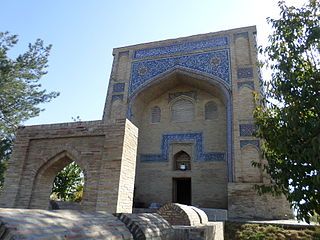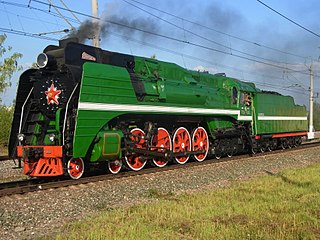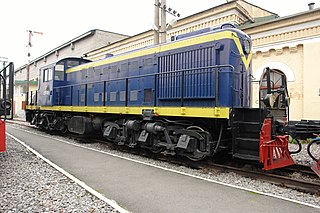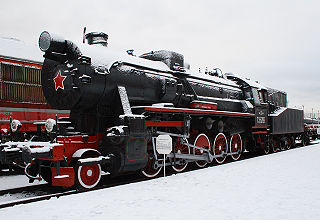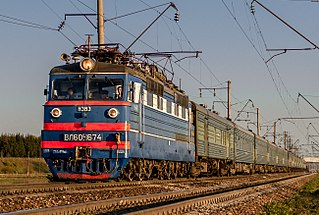28 Sights in Tashkent, Uzbekistan (with Map and Images)
Legend
Premium Sights
Book tickets, guided tours and activities in Tashkent.
Guided Free Walking Tours
Book free guided walking tours in Tashkent.
Welcome to your journey through the most beautiful sights in Tashkent, Uzbekistan! Whether you want to discover the city's historical treasures or experience its modern highlights, you'll find everything your heart desires here. Be inspired by our selection and plan your unforgettable adventure in Tashkent. Dive into the diversity of this fascinating city and discover everything it has to offer.
Sightseeing Tours in TashkentActivities in Tashkent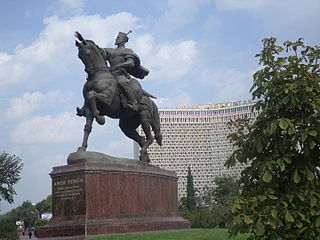
The square in the center of Tashkent, now called the Timur Emit Square, was laid out in front of the headquarters of the Turkestan Military District on the initiative of Mikhail Chernyaev and according to the project of architect Nikolai Ulyanov in 1882 at the intersection of two central streets of the new city - Moskovsky and Kaufmanovsky Avenue under the name of Konstantinovsky Square. Initially, it was passable.
2. Konstantin Tsiolkovsky
Konstantin Eduardovich Tsiolkovsky was a Russian rocket scientist who pioneered astronautics. Along with Hermann Oberth and Robert H. Goddard, he is one of the pioneers of space flight and the founding father of modern rocketry and astronautics. His works later inspired Wernher von Braun and leading Soviet rocket engineers Sergei Korolev and Valentin Glushko, who contributed to the success of the Soviet space program. Tsiolkovsky spent most of his life in a log house on the outskirts of Kaluga, about 200 km (120 mi) southwest of Moscow. A recluse by nature, his unusual habits made him seem bizarre to his fellow townsfolk.
3. Tashkent Tower
The Tashkent Television Tower is a 375-metre-high (1,230 ft) tower, located in Tashkent, Uzbekistan and is the twelfth tallest tower in the world. Construction started in 1978. The tower began operating six years later, on 15 January 1985. It was the fourth tallest tower in the world from 1985 to 1991. The decision to construct the tower was made on 1 September 1971 in order to spread TV and radio signals to all over Uzbekistan. It is a vertical cantilever structure, and is constructed out of steel. Its architectural design is a product of the Terkhiev, Tsarukov & Semashko firm.
4. Tole Bi mausoleum
Mausoleum of Kaldyrgach-biy is located in the city of Tashkent, the building has a pyramidal dome, which is unusual for Uzbekistan. The mausoleum was built in the first half of the XV century. The courtyard and decoration of the mausoleum have not been preserved.
5. State Art Museum
The Museum of Arts of Uzbekistan is the largest national art museum in Tashkent, Republic of Uzbekistan. Its permanent collection contains more than several thousands works, divided among four curatorial departments. The museum was established in 1918 as a "Museum of People University" and renamed as the "Central Arts Museum" later. It was named as the "Tashkent Art Museum" in 1924 and finally the "Museum of Arts of Uzbekistan" in 1935.
Wikipedia: Museum of Arts of Uzbekistan (EN), Website, Facebook
6. Monument of People’s Friendship. In memory of Shamakhmudov Shaakhmet.
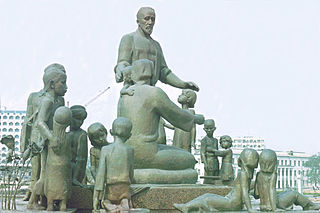
Shaahmed Shamakmudov and his wife Bakhri Akramova lived in Tashkent and worked as blacksmiths in the Telman artel. During the Great Patriotic War, the spouses Shaahmed and Bakhri took in and adopted 13 disadvantaged children of different nationalities evacuated to Tashkent, and after the war - three more.
7. Храм Александра Невского
The Church of St. Alexander Nevsky is an Orthodox church of the Tashkent and Uzbekistan Diocese of the Central Asian Metropolitan District of the Russian Orthodox Church, located in Tashkent on the territory of the cemetery No 1. It was consecrated in the name of St. Alexander Nevsky.
8. ТЭ3
The ТE3 is a Soviet diesel-electric locomotive, built in Russia and Ukraine to 1520 mm gauge. It is a two-unit Co’Co’+Co’Co’ machine. Total diesel power is 2,940 kW. They were built from 1953 to 1973.
9. Kamalan Gate
The Gates of Tashkent, in present-day Uzbekistan, were built around the town at the close of the 10th century, but did not survive to the present. The last gate was destroyed in 1890 as a result of the growth of the city, but some of the districts in Tashkent still bear the names of these gates.
10. Museum of Victims of Political Repression
The Museum of Victims of Political Repression in Tashkent is a museum which tells the history of Uzbekistan during the political repression in the Soviet Union, in particular that of the people killed at that time.
Wikipedia: Museum of Victims of Political Repression in Tashkent (EN)
11. Memorial complex Victory Park
Victory Park, also known as the Victory Park Memorial Complex is a park located in Tashkent, the capital of Uzbekistan. It was planned in honor of the 75th anniversary of the end of the Second World War.
12. Aksaray - Islam Karimov Memorial Museum
Ak Saray Presidential Palace meaning the White Palace in English is public museum which was the official workplace of Uzbek President Islam Karimov. Under former president Karimov, who served from 1991-2016, the palace was the seat of the executive branch in the country. After his death in 2016, the administration of Shavkat Mirziyoyev relocated the official workplace to Kuksaroy Presidential Palace in northeastern Tashkent. The area of the palace is 5460 square meters. There is a reception hall in the palace where guests will be received. There is also a meeting hall, as well as a recreational hall.
13. Cathedral of the Assumption of the Virgin
The Cathedral of the Assumption of the Virgin or more properly the Cathedral of the Dormition of the Mother of God is the Russian Orthodox cathedral of the diocese of Tashkent in Uzbekistan since 1945. The cathedral was built in 1871 and enlarged in the 1990s, the bell tower was rebuilt in 2010.
Wikipedia: Cathedral of the Assumption of the Virgin, Tashkent (EN)
14. Chopon-ota mausoleum
Chupan-Ata Mausoleum, Chupanat Mausoleum is an architectural monument, a mausoleum in Tashkent, part of the Chupan-Ata architectural complex at the cemetery of the same name. The mausoleum is dedicated to a legendary character revered in Central Asia as the patron saint of shepherds and sheep flocks. The structure is probably not a real tomb and should only be considered as a kadamja. According to legends, the order to erect the mausoleum was given by Tamerlane or Ulugbek, but archaeological materials allow dating it to the end of the XVIII century.
15. Geology Museum
The Museum of Geology in Tashkent, Uzbekistan is a geology museum that shows and represents the wealth of mineral and geological resources in Uzbekistan, including valuable stones, minerals and archaeological and paleontological findings.
16. Музей Сергея Есенина
The State Literary Museum of Sergei Yesenin is a museum created to preserve the memory of the Russian poet Sergei Alexandrovich Yesenin. The museum is located in a small building in the center of Tashkent, near the Hamid Alimjan metro station. The exposition of the Tashkent Yesenin Museum ranks second in importance, after the museum in the homeland of the poet.
17. Olympic glory museum
Museum of Olympic Glory is a museum in Tashkent, dedicated to the Olympic movement. The main goal of the Museum of Olympic Glory is the organization of exhibitions of exhibits demonstrating achievements of Uzbek athletes at the Olympic Games. The museum presents exhibits in 2088, of which 1005 are available at any time. The museum has a video library, which contains videos of the Olympic Games. Also on display are gold medals for contribution to the development of the sports movement, Islam Karimov sent to the museum.
18. ТЭ1
TE1 is a diesel locomotive with electric transmission, produced in the Soviet Union from 1947 to 1950 by the Malyshev Factory in Kharkiv. It is a modified copy of the American ALCO RSD-1. Initially designated as TE1-20, a total of 298 units were produced, of which 16 were converted to gas generator drive under the designation TE1G.
19. Monument of Сourage
The Courage Memorial Complex is a memorial dedicated to the courage of Tashkent residents who survived the Tashkent earthquake of 1966, installed at the epicenter of the earthquake on the banks of the ancient Ankhor Canal in the Kashgark region of Tashkent.
20. Шортепе
The capture of Tashkent was an episode of the Russian-Kokand war, during which a detachment of the Russian army under the leadership of Major General Chernyaev established control over the city of Tashkent.
21. Паровоз Эр
The Eure (reconstructed) was a 0-5-0 steam locomotive produced intermittently from 1935 to 1957. Until 1944, it was built by Soviet factories, and since 1946 it has been imported from the member countries of the Warsaw Pact. The Em differs from the previous series primarily in the lengthening of the furnace by half a meter, which made it possible to equalize the load along the axes, as well as increase power and increase traction force.
22. Khoja Ahror Valiy
Mosque of Khoja Ahrar Vali uzb. Khodja Akhrar Vali masjidi or Jami Mosque uzb. Djami masjidi is the basis of the Registan ensemble in the area of Chorsu Square. The only Tashkent example of a courtyard-type Friday mosque widespread in Central Asia in the late Middle Ages.
23. Мавзолей Шейха Ховенди ат Тахура (Шейхантаура)
Mausoleum of Sheikh Khovendi at-Tahur uzb. Shaykh al-Hovendi Takhur Mausoleum is one of the most important architectural monuments of Tashkent. It is located in the center of modern Tashkent in a quadrangle formed by Alisher Navoi, Shaykhantohur and Abdulla Kadiri streets.
Wikipedia: Мавзолей Шейха Ховенди ат-Тахура (Шейхантаура) (RU)
24. Kaffol Shoshiy maqbarasi
The Mausoleum of Kaffal Shashi, also known as the Mausoleum of Hazrati Imam, is a mausoleum in Tashkent, Uzbekistan, erected over the tomb of Imam, Abu Bakr Muhammad ibn Ali ibn Ismail al-Kaffal al-Shashi. The crypt in its original form has not been preserved. The current building of the mausoleum was built in 1542 by the khan's architect of that time, Ghulam Husain, and is an asymmetrical domed portal mausoleum-khanaku. The khanaka was intended for pilgrims who found shelter in residential cells - hujras. Medieval mausoleum complexes also often included a mosque, and a cooking room called oshkhona. To the south of the main building, in a small courtyard, there are later burial places (sagana).
25. П36
P36 is a Soviet mainline passenger steam locomotive produced by the Kolomensky Zavod from 1950 to 1956. In terms of power, it was equivalent to a steam locomotive of the IS series, but had a load from the axles on the rails of no more than 18 tons, thanks to which it could be operated on the vast majority of Soviet railways, replacing steam locomotives of the Su series and noticeably increasing the weight of passenger trains. The last steam locomotive of the series (P36-0251) was the last steam locomotive of the Kolomensky Zavod and the last passenger steam locomotive produced in the USSR.
26. Да
The RSD-1 (DA) is a diesel locomotive of the 3o-3o type with a capacity of 1000 hp, produced by the American Locomotive Company (ALCO) from 1942 to 1946. The RSD-1 was developed at the request of the U.S. Transportation Corps and is structurally a six-axle version of the RS-1 diesel locomotive. Initially, they were built for Iran, later a significant batch of these diesel locomotives entered the Soviet Union, where they were assigned the designation DA. In 1947, the USSR began the production of diesel locomotives of the TE1, TEM2, TGM3 series, which were a copy of the DA diesel locomotives. In smaller numbers, RSD-1 diesel locomotives were operated on the railways of North America.
27. ТЭ 52
Steam locomotives of the TE series are German military steam locomotives, received in large numbers by the USSR as trophies and reparations and operated on the railways of the USSR in the 1940s-1970s.
28. ВЛ60к
VL60 is the first Soviet mainline AC freight and passenger electric locomotive launched into large-scale production. In the 1960s, along with VL8 and TE3, it was one of the main locomotives on Soviet railways.
Share
How likely are you to recommend us?
Disclaimer Please be aware of your surroundings and do not enter private property. We are not liable for any damages that occur during the tours.
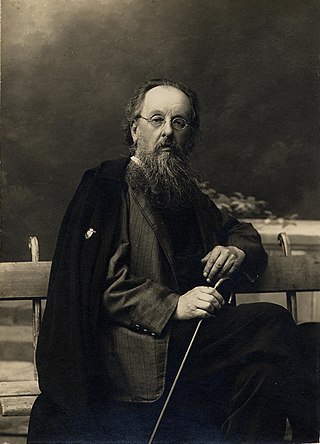
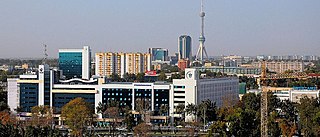
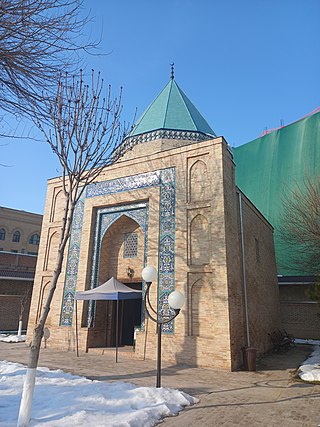
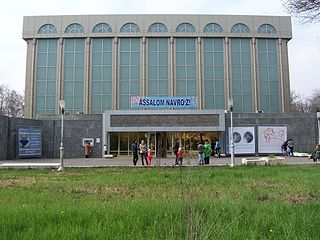
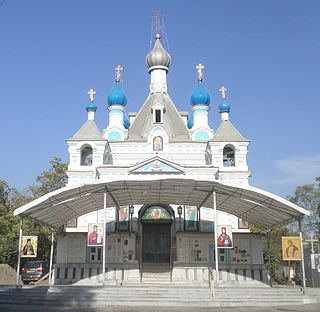
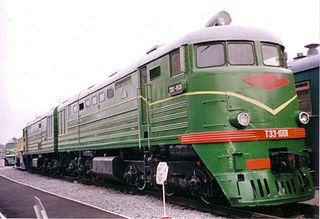
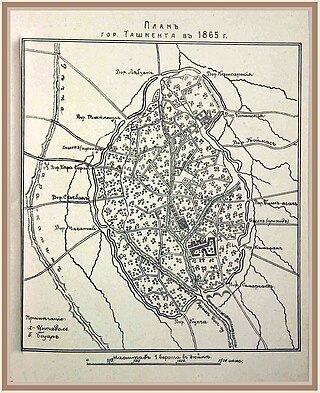
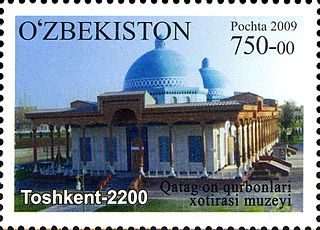
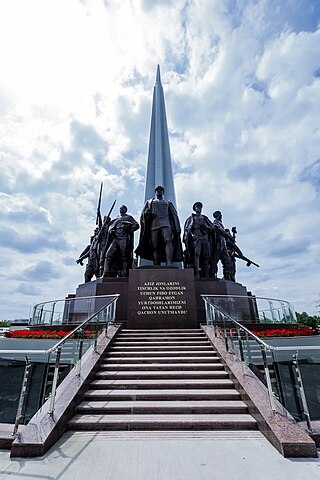
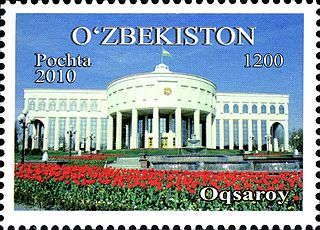
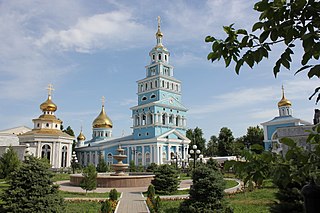
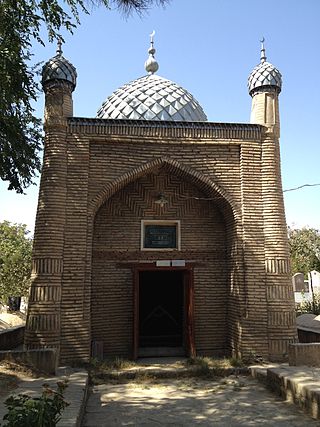
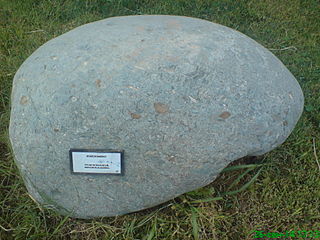
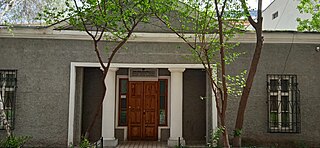
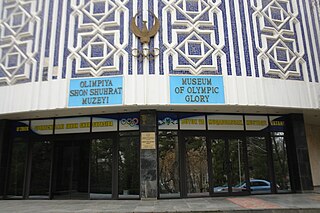
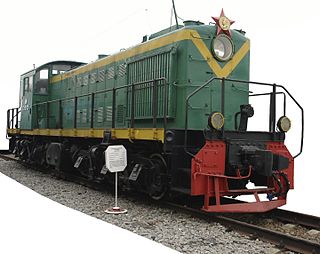
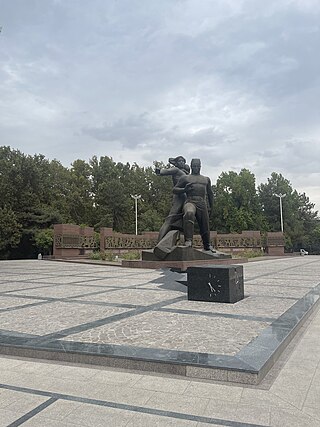
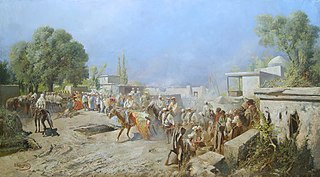
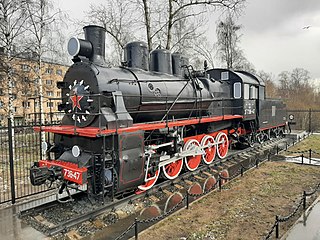
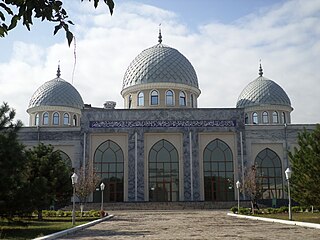
.jpg)
